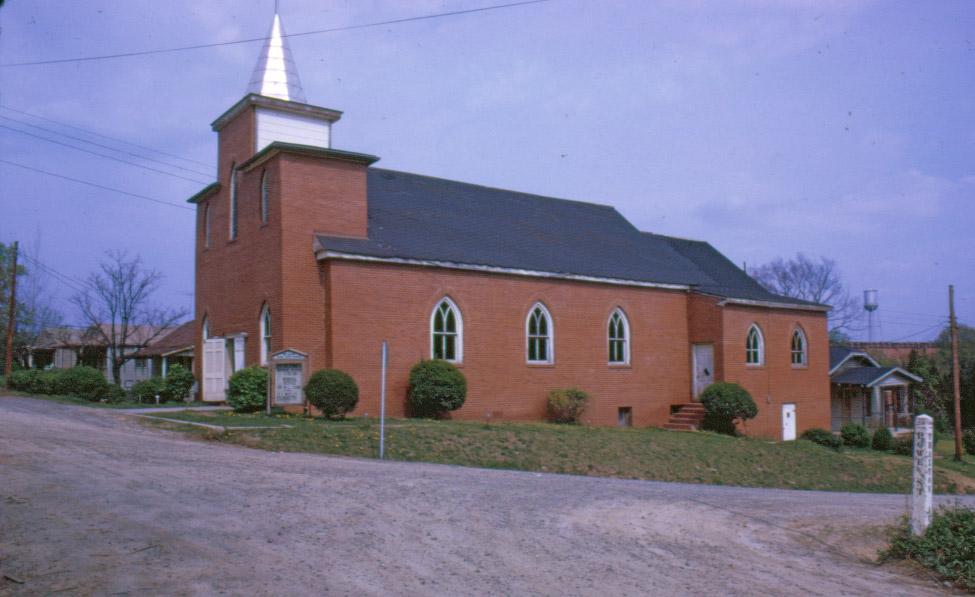Support OpenDurham.org
Preserve Durham's History with a Donation to Open Durham Today!
OpenDurham.org is dedicated to preserving and sharing the rich history of our community. Run by our parent nonprofit, Preservation Durham, the site requires routine maintenance and upgrades. We do not ask for support often (and you can check the box to "hide this message" in the future), but today, we're asking you to chip in with a donation toward annual maintenance of the site. Your support allows us to maintain this valuable resource, expand our archives, and keep the history of Durham accessible to everyone.
Every contribution, big or small, makes a difference and makes you a member of Preservation Durham. Help us keep Durham's history alive for future generations.


Comments
Submitted by David Southern (not verified) on Wed, 8/22/2012 - 10:40am
This structure is on the 1950 update of the 1937 Sanborn maps, and I'm inclined to see if it shows up on earlier maps with the same footprint and on the same site. There was a trend, just after WWII when construction boomed, to apply a brick veneer to existing wooden churches. One can see examples of this all over Durham county, and the image of Mount Olive AME appears to reveal this treatment. For instance, the belfry is bricked only on the front because the sides could not have borne the load of a course of brick. Though the gothic windows could have been recycled from an earlier building, most likely they are original to an earlier frame structure. Is the Mount Olive AME church on Fayetteville Street a successor to this Brookstown congregation?
Add new comment
Log in or register to post comments.